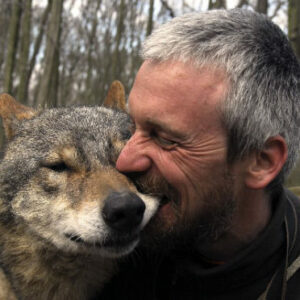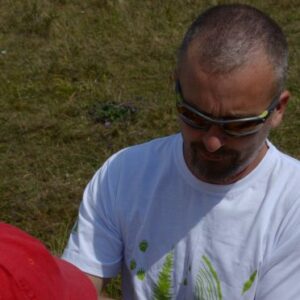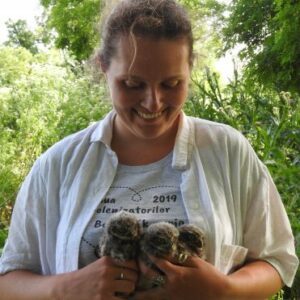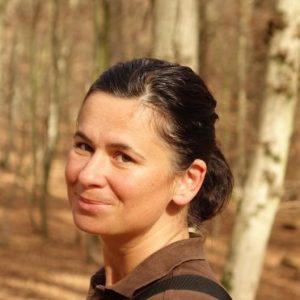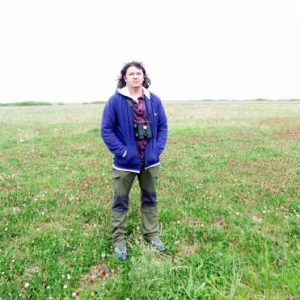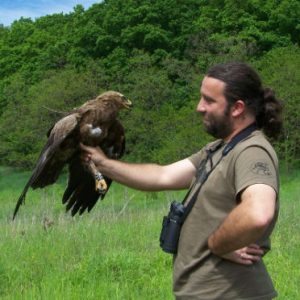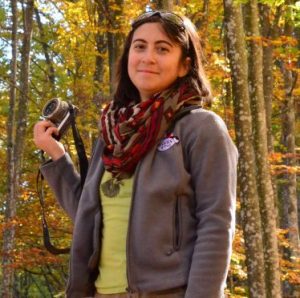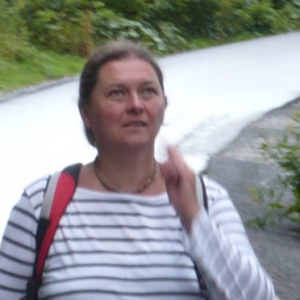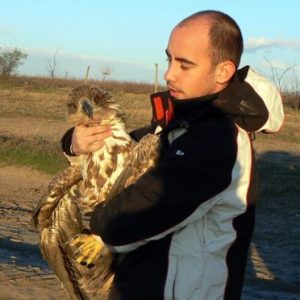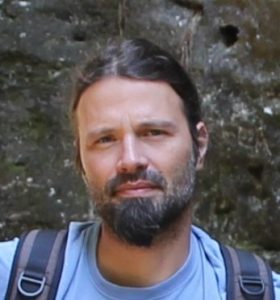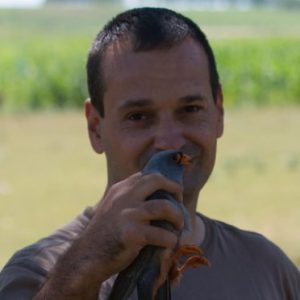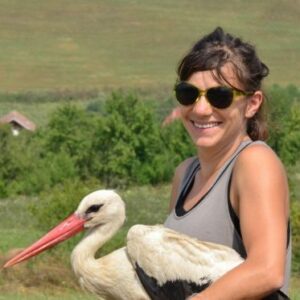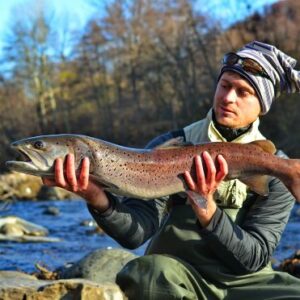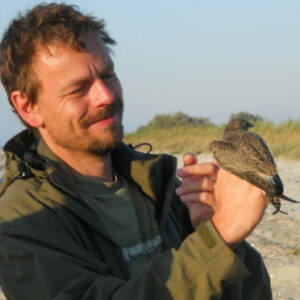
The Great Bustard (Otis tarda) is the heaviest flying bird in Europe and an endangered species globally. The populations in Romania have declined dramatically in the last two centuries, placing the species on the brink of extinction. The 50-60 individuals that survived in Salonta, Bihor, encapsulate the only viable Great Bustard population in Romania. This is why its conservation is our top priority. These birds equally use habitats in Romania (Sa lonta – the border area) and Hungary (Mezőgyán area). Thus, the conservation of this population can only be achieved through international cooperation. As this species is closely linked to its territories and long-established habitats, such a small, isolated and vulnerable population is threatened by any unfavourable change in its habitat. Consequently, the conservation of the bustards from the area of Salonta is our top priority.
Until 2018, the Milvus Group’s programme for the conservation of the Great Bustard materialised mainly in specific activities, not in projects. But in 2018 we launched the Conservation, protection and promotion of natural values in the Salonta-Békéscsaba cross-border area (ROHU-14) – The Nature Corner project.
At the foundation of all our actions is tracking the population changes, the so-called monitoring, which allows us to assess whether a population is declining, increasing or remains the same. It’s already been ten years since we participated in the first documented Great Bustard observation session in Salonta. Since then, during the 81-day field visits, over 1,200 individuals have been recorded. Naturally, these observations refer to the 50-60 individuals that live here. As a result of our monitoring, it became clear to us which were the most important Great Bustard habitats in Salonta. So we were able to focus mainly on these habitats. On some occasions, even females with flightless chicks have been observed. This also proves that this species is breeding in Salonta, even though we haven’t been able to find a nest yet. We identified and fought against many factors that threatened the bustards’ habitats. For us, it’s an immense success that, strengthened by international support, we’ve been able to stop a wind farm project, whose wind turbines would have divided the habitat of the bustards fragmenting it even more.



